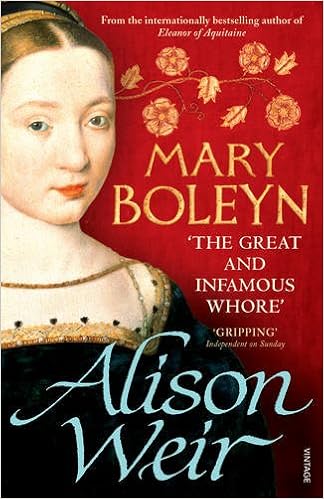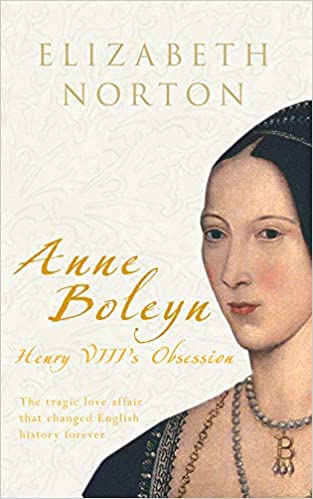
Let’s be honest: lockdown sucks! But it does mean there’s more time for reading. Over the next couple of weeks, I will review 10 books which all Royal History Geeks should add to their reading list
May. The month of Anne Boleyn. Her arrest, trial and execution happened in such swift succession that it’s possible to mark them all in a single month.
To remember Anne this May, I decided to read about her. Anne Boleyn: Henry VIII’s obsession was this year’s choice.
The book is the first of four biographies covering wives of Henry VIII. The author has stated that each was designed to be short. They provide an overview of their respective subject’s life. True to its word, the biography is easy to read and presents a clear picture of the extraordinary life of the second Henrican Queen.
Anne’s meteoric rise, turbulent reign and dramatic downfall are well known to Tudor fans. Norton’s book sets these events in the context of Anne’s early life. By exploring her upbringing and time on the continent, the reader gets a glimpse into how Anne’s early experiences shaped her character and approach. By the time she steps onto the stage of Henry’s court, she is more French than English.
Anne’s love affair with Henry has gone down in history. But it was not the only controversial match she embroiled herself in. Her attempt to wed Percy and potential love affair with Wyatt are given the attention they deserve.
The ‘King’s Great Matter’ – his attempt to divorce his first wife and be wed to Anne – is worthy of a book of its own. However, Norton successfully summarises the key events. She grants us an insight into the motivations of the central players.
Anne’s ultimately triumphs as Queen of England but her success is short-lived. Henry’s resumption of his mistresses and her failure to make the transition from mistress to submissive wife cause cracks to appear. Against this backdrop, her early failure to produce a male heir makes her vulnerable. Within three years of her marriage, Anne becomes ‘the lady in the tower.’
Historians from previous generations have treated Anne with disdain. Perhaps in reaction, the Boleyn Queen today enjoys a cult following on social media. But Norton’s book will not satisfy those with a partisan interest. She refused to paint Anne as either tragic romantic heroine or unreconstructed villain. The author is honest about Anne’s shortcomings. But she also helps us to understand where her viciousness came from.
Those new to Tudor history will find this biography an indispensable way to familiarise themselves with Anne’s story. Old-timers like me will value it as a useful refresher. It is thoroughly researched and easy to read.
Anne Boleyn was one of the most extraordinary women to walk the green and pleasant lands of England. Perhaps no write-up can truly do her justice. But in her honest, thorough and accessible work, the author has surely been faithful to Anne’s final request. Norton has meddled with Anne’s cause and she has judged the best.
Anne Boleyn: Henry VIII’s obsession by Elizabeth Norton is available from Amazon.
However, please consider supporting your local book seller. If you are based in the UK, search for your local book seller at the Book Seller Associations website.
Subscribe to our newsletter!
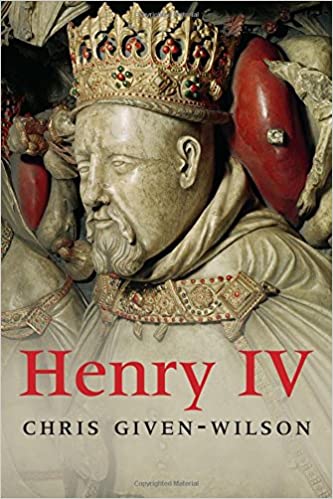
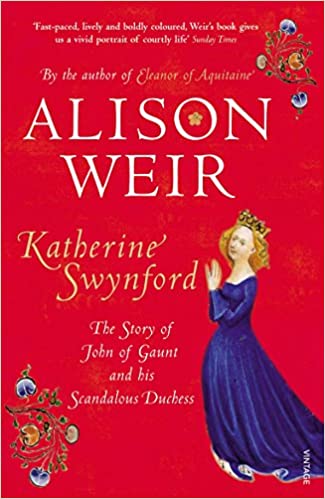
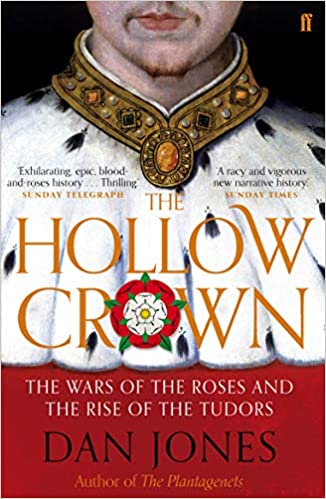
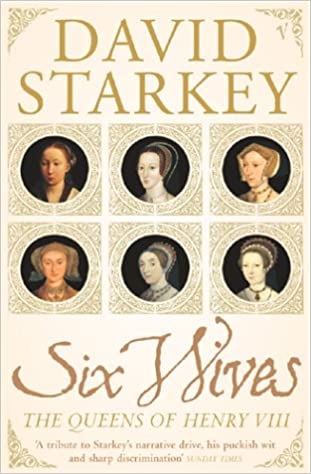
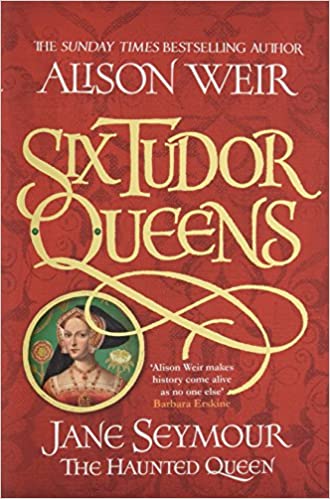
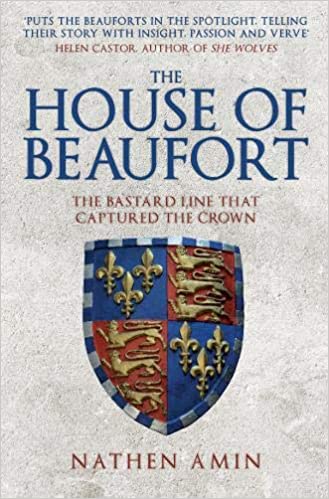
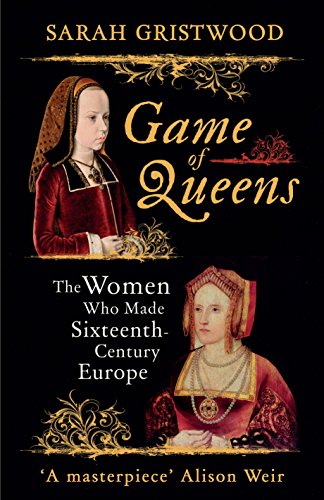




![The Tudor Brandons: Mary and Charles - Henry VIII's Nearest & Dearest by [Watkins, Sarah-Beth]](https://images-eu.ssl-images-amazon.com/images/I/51JB695KM%2BL.jpg)
